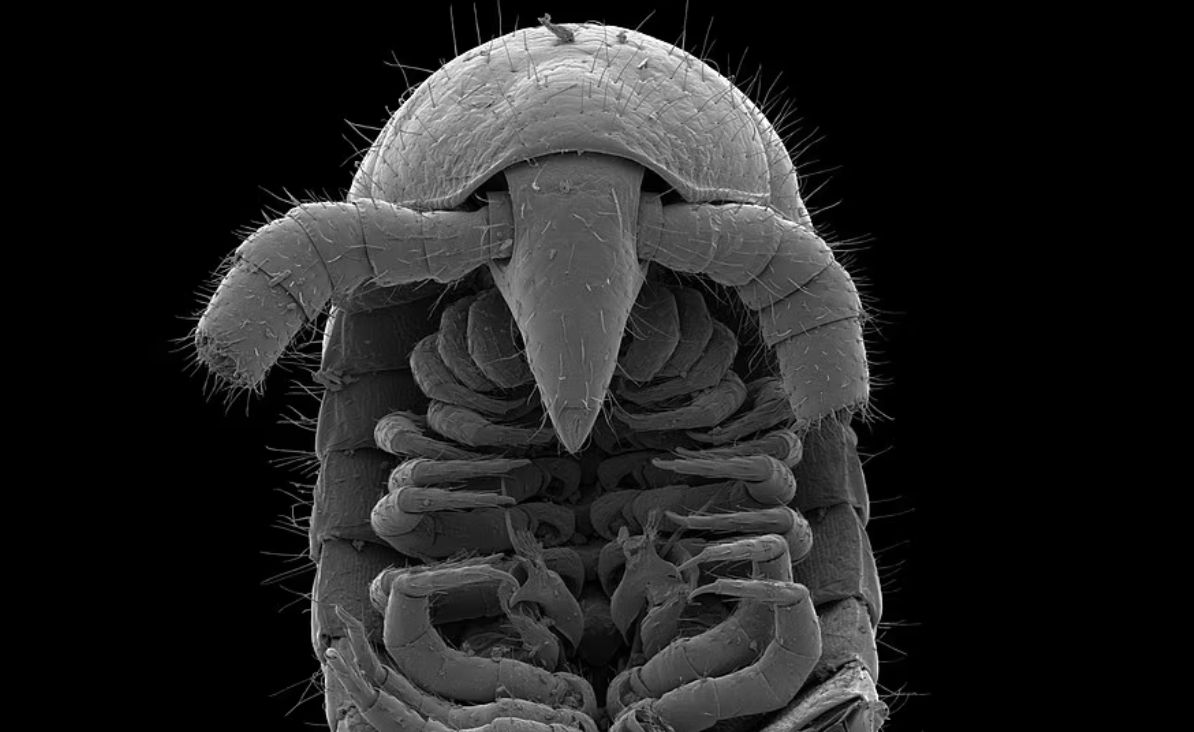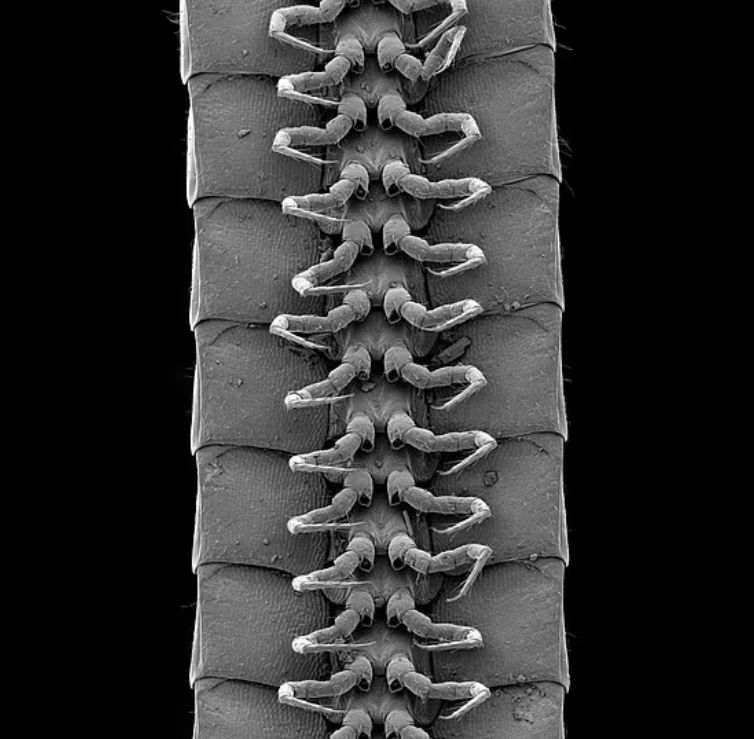Jakarta –
Even though it’s called Centipede, this animal does not have that many legs. But finally, for the first time found animal a millipede that actually has a thousand feet.
The researchers said, previously, millipedes have at most 750 legs. Discovery of the first millipede animals with more than 1,000 feet, found deep in mining areas in Australia.
Quoted from Daily Mail, This animal has a total of 1,306 feet, more than animal millipedes in general and any other animal. This finding belongs to a new species named Eumillipes persephone.
|
Foto: Scientific Reports– |
The name Eumillipes persephone, comes from the Greek eu- (true), the Latin mille (thousand) and pes (foot), and refers to the Greek goddess of the underworld, Persephone.
With his colleagues, Paul Marek at Virginia Tech in Blacksburg discovered millipedes at a depth of about 60 meters underground in a drill hole created for mineral exploration in a mining area in the Eastern Goldfields Province of Australia.
The previous record holder for the millipede with the most number of legs was the species Centipede California, Illacme plenipes, reported in 2012. Females have up to 750 feet, outperforming males who only have a maximum leg count of 562.
 Foto: Scientific Reports– Foto: Scientific Reports– |
Now, analysis of inter-species relationships shows that E. persephone is closely related to Illacme plenipes. Researchers think the large number of segments and legs that have evolved in both species allows them to generate propulsive forces that allow them to move through narrow openings in the land habitats in which they live.
Researchers measured a new species found underground in a mining area in the Eastern Goldfields Province of Australia. Measuring 3.76 inches long and 0.03 inches wide, this eyeless species has a long, threadlike body consisting of 330 segments, short legs, and a conical head with antennae and beak.
 Foto: Scientific Reports– Foto: Scientific Reports– |
According to the researchers, their findings highlight the biodiversity found in the Eastern Goldfields Province of Australia. To minimize the impact of mining in this area on E. persephone, the researchers recommend that efforts be made to conserve its underground habitat.
Watch Videos “Estimated 15,000 Tourists Visit Ragunan Wildlife Park “
[Gambas:Video 20detik]
(rns/rns)
– .

